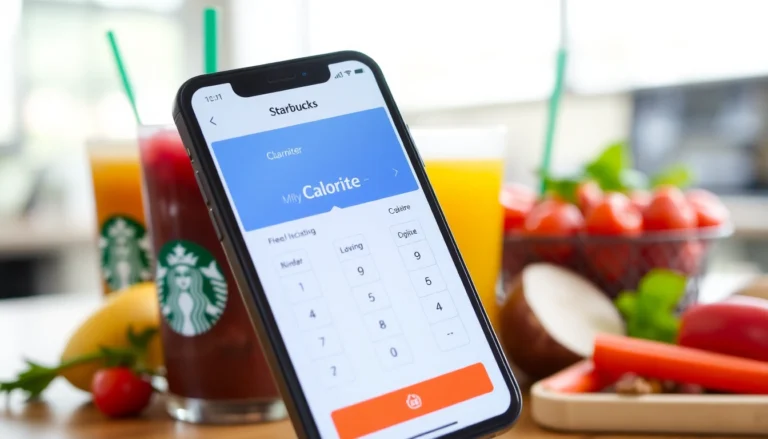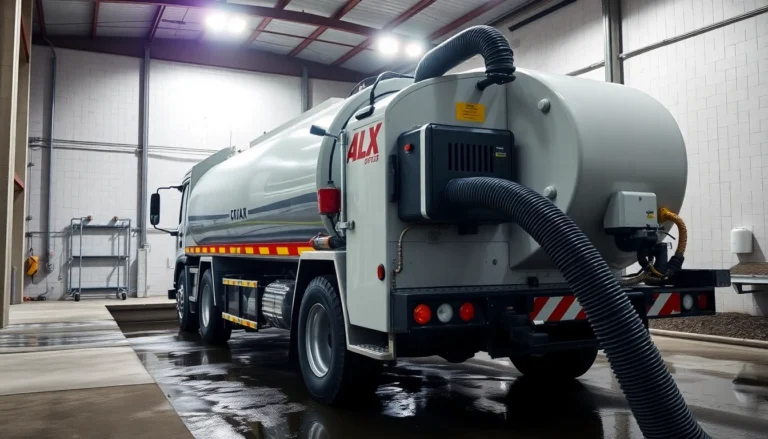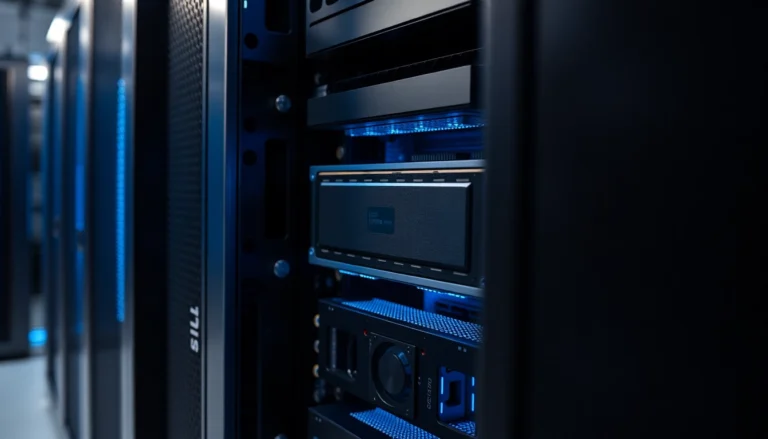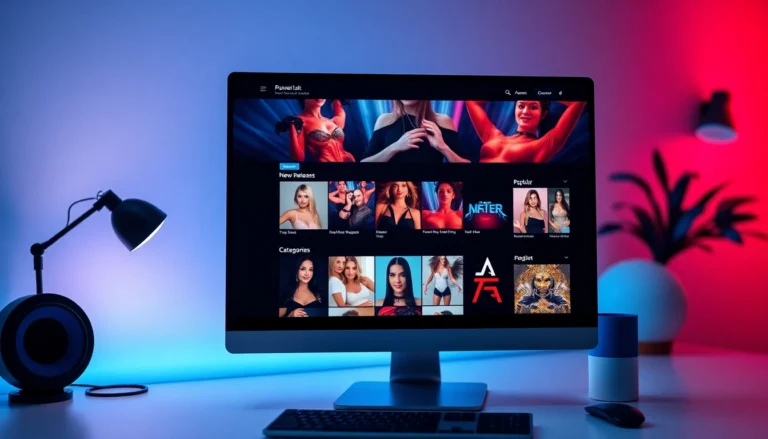
Mastering the Art of Organizing Your Recipe Collection: A Comprehensive Guide
In today’s culinary world, home cooks, professional chefs, and food enthusiasts alike recognize the immense value of a well-structured, easily accessible recipe collection. Whether you’re an avid meal planner or someone who loves experimenting in the kitchen, having your recipes neatly organized can significantly boost your cooking efficiency, inspire creativity, and preserve treasured family dishes. However, managing scattered recipes—ranging from handwritten notes and printed cards to digital files and social media links—can quickly become overwhelming. That’s where strategic organization comes into play.
If you want to efficiently organize recipe collection in a way that seamlessly combines digital convenience with personalized control, this extensive guide is tailored for you. We’ll delve into best practices, practical tools, and innovative methods to transform your chaotic recipe stacks into a cohesive, accessible culinary library—whether through traditional means or cutting-edge digital solutions like Cooksync.
Understanding the Importance of Organized Recipe Collections
Why a Well-Organized Recipe Library Boosts Culinary Creativity
Imagine preparing for a dinner party and knowing exactly where to find that perfect marinade recipe, or browsing through your collection to discover an old family favorite. An organized recipe collection acts as a well-stocked pantry for your culinary creativity, enabling quick access to inspiration and simplifying the planning process. When recipes are categorized and easy to locate, cooks are more likely to experiment, try new cuisines, and build confidence in the kitchen.
Furthermore, a structured collection helps in maintaining consistency, adapting recipes to dietary needs, and creating personalized cookbooks. It’s no exaggeration to say that an organized system unlocks the full potential of your cooking talent and makes your culinary journey more enjoyable and efficient.
Common Challenges in Managing Scattered Recipes
Despite its importance, many cooks face persistent struggles with recipe management. These include:
- Fragmentation: Recipes are spread across physical notebooks, printouts, social media, emails, and various apps.
- Lack of Categorization: Without proper organization, locating specific recipes becomes time-consuming and frustrating.
- Degraded Format: Handwritten or printed recipes may fade, get misplaced, or become damaged over time.
- Version Confusion: Multiple versions of a recipe can lead to inconsistency and confusion during cooking.
- Limited Accessibility: Recipes stored on outdated devices or non-synced platforms make remote access difficult.
These challenges highlight the necessity of adopting a robust system—preferably digital—to streamline your recipe management.
Goals for an Effective Digital Recipe Organization System
An ideal digital recipe system aims to:
- Consolidate: Bring all recipes into one central, accessible repository.
- Customizable: Allow categorization, tagging, and personalized organizing structures.
- Sync: Integrate with devices and platforms you already use for seamless access.
- Secure and Private: Maintain control over your data and privacy.
- Discoverable: Enable quick retrieval and discovery of recipes based on ingredients, meal type, or personal preferences.
With these goals in mind, let’s explore how you can structure and optimize your digital recipe collection efficiently.
Best Practices for Structuring Your Digital Recipe Catalog
Choosing the Right Platforms for Recipe Storage
The foundation of an organized recipe collection lies in selecting the appropriate storage platforms. Consider factors such as accessibility, ease of use, security, and compatibility with your devices. Popular options include cloud-based services like Google Drive and Dropbox, dedicated recipe apps, note-taking tools such as Evernote or OneNote, or even custom databases.
However, the challenge is not just where to store recipes but how to connect and manage them seamlessly. Here, integrated solutions like Cooksync shine by acting as a transport layer—collecting recipes from various sources and syncing them automatically to your preferred platforms.
When choosing your platform, think about your culinary habits: Do you prefer a simple spreadsheet? Or do you want multimedia notes with images and video? Your choice should align with your tech comfort level and organizational needs.
Implementing Categorization and Tagging Techniques
Effective categorization transforms a chaotic collection into an intuitive system. Common methods include:
- By Meal Type: Breakfast, lunch, dinner, snacks, desserts.
- By Cuisine: Italian, Chinese, Mexican, Indian, etc.
- By Main Ingredient: Chicken, beef, vegetables, seafood.
- By Dietary Preference: Vegetarian, gluten-free, keto, vegan.
Beyond broad categories, tags allow you to combine multiple filters—such as “quick”, “family-friendly”, or “celebration.” Many digital tools support tagging, enabling cross-referenced searches. Proper tagging makes locating recipes as easy as a keyword search, saving time and enhancing your cooking flexibility.
Integrating Sources Like Social Media, Websites, and Apps
The modern recipe collection often involves diverse sources: social media posts, cooking blogs, YouTube videos, and mobile apps. To efficiently incorporate these, utilize tools that can extract and import content seamlessly. For instance, Cooksync offers a Chrome extension and iOS app that enable you to grab recipes from any website or social media platform and store them in your system.
Structured integration ensures you preserve recipe formatting and images, maintaining the context and appeal of each dish. Automated syncing and regular updates prevent your collection from becoming outdated, providing a dynamic and reliable resource for culinary inspiration.
Leverage Tools to Simplify Recipe Organization
Utilizing Cooksync to Collect and Sync Recipes Effortlessly
Cooksync revolutionizes recipe management by functioning as the transport layer—bridging your sources and storage platforms without creating yet another repository. Its core strength lies in collecting recipes from various sources, including social media and websites, and automatically syncing them to your combination of preferred platforms such as Notes, Evernote, Notion, or cloud drives.
For example, if you discover a new pasta recipe on Instagram, you can use Cooksync to import it directly into your digital collection, categorizing and tagging it instantly. This approach not only saves time but also ensures your recipes stay organized and accessible across devices.
Read more about how Cooksync can help you organize recipe collection effortlessly and keep everything synced in one central hub.
Comparing Popular Digital Recipe Managers and Their Features
Several digital tools cater to recipe organization, each with unique features:
- RecipeKeeper: Available across iOS, Android, Windows, and Mac, offers easy storage, categorization, and sharing.
- Evernote/OneNote: Flexible notebooks and tagging with multimedia support, ideal for users who want a multifunctional note system.
- Google Docs/Sheets: Free, collaborative, with powerful search and categorization capabilities; perfect for those who prefer cloud-based, customizable databases.
- RecipeSage: Open-source, donation-based, capable of capturing recipes from any website via URL entry, with syncing across devices.
Choosing the right app depends on your collection size, desired features, and preferred workflow. However, integrating these with a hub like Cooksync simplifies the process of managing multiple sources and platforms.
Automating Imports and Updates from Multiple Sources
The key to maintaining an organized and current recipe collection is automation. Many tools support web clipping, import from social media, or direct input. Cooksync enhances this process through browser extensions and apps that allow you to capture recipes on the fly and sync them immediately.
This automation minimizes manual data entry, reduces errors, and promotes consistency. For example, setting up automatic imports from favorite food blogs or social feeds ensures your collection remains fresh with minimal effort, empowering you to focus on cooking rather than management.
Steps to Transition from Traditional to Digital Recipe Organization
Digitizing Handwritten or Printed Recipes Effectively
Transitioning from paper to digital begins with digitization. Strategies include:
- Scanning: Use high-quality scanners or smartphone apps like Adobe Scan or Microsoft Office Lens to create clear PDFs of handwritten and printed recipes.
- Optical Character Recognition (OCR): Convert scanned images into editable text, enabling editing and easy categorization.
- Manual Entry: When needed, manually transcribe recipes into your digital platform for maximum accuracy.
Properly digitized recipes should be stored with clear filenames and tagged appropriately for swift retrieval.
Setting Up Your Custom Organizational System
After digitizing, establish your organizational framework by applying categories and tags discussed earlier. Use folders or notebooks for broad groups, and apply tags for specific filters like ingredients, cooking time, or dietary needs. A consistent naming convention (e.g., “Spaghetti Carbonara – Dinner – Italian”) can vastly improve searchability.
Leverage automation to import recipes directly from website URLs or social media, ensuring your collection remains growing and up-to-date. Regularly reviewing and cleaning your collection helps eliminate duplicates and outdated recipes.
Ensuring Data Privacy and Control over Your Culinary Collection
In an era where data privacy is paramount, choose platforms that allow you full control over your recipes. Services like Cooksync empower you to decide where your recipes are stored and who has access. Regular backups, encryption, and privacy controls should be standard features.
Always verify the permissions and privacy policies of the apps and platforms you use. Your culinary collection is personal property—it should be protected and managed according to your preferences.
Measuring Success and Maintaining an Organized Recipe Collection
Tracking Recipe Usage and Popularity
Knowing which recipes you cook most often can inform future meal planning and highlight favorites for sharing with family and friends. Digital tools often include usage analytics or favoriting features, making it easy to track your culinary preferences over time.
Creating a “most-cooked” list or adjusting your tags can prioritize recipes you love, ensuring you always have quick access to your top dishes.
Regularly Updating and Categorizing New Recipes
An organized system is dynamic, not static. Make it a habit to review your collection periodically, adding new recipes, removing outdated ones, and re-tagging as your culinary interests evolve. Establishing a routine—such as monthly reviews—can prevent clutter and keep your collection fresh and relevant.
Getting Inspired with Personalized Recipe Suggestions
Many platforms and apps offer tailored suggestions based on your cooking history and preferences. By integrating your collection with tools like Cooksync, you can receive weekly prompts for new recipes aligning with your tastes. Not only does this keep your repertoire expanding, but it also stimulates creativity and experimentation in the kitchen.





